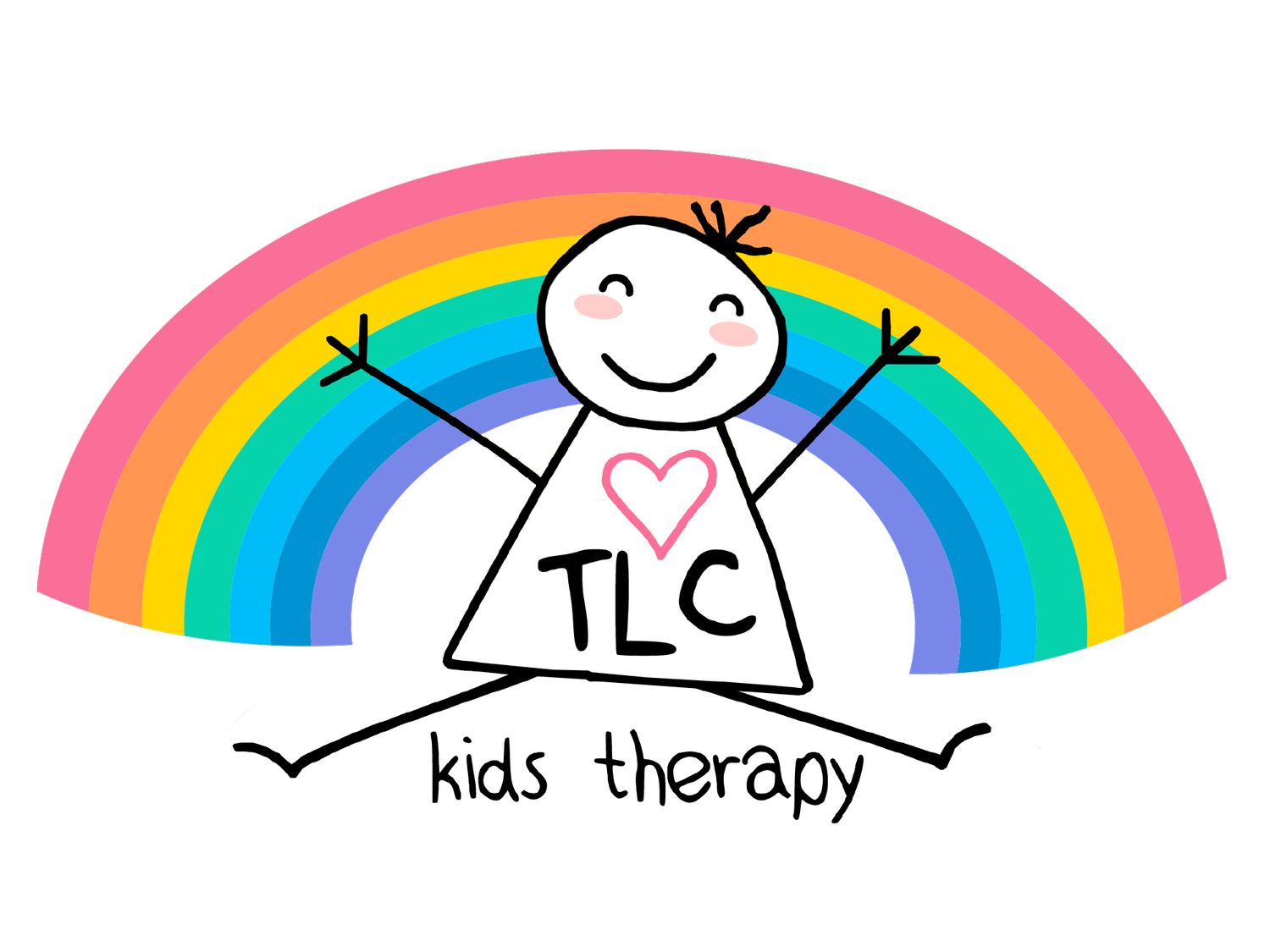Speech Therapy
FAQs
-
Yes we are! We have several therapists who speak Spanish/English or Arabic/English.
-
Speech Therapy (ST) is an intervention that focuses on improving a child’s speech and abilities to understand and express language. Therapy includes coordinating the mouth to produce sounds to form words, increasing a child’s ability to understand and express language via different communication modalities (e.g., written, pictorial, body, signs, and the use of language through alternative communication systems such computers, and iPads), and overall help strengthen and coordinate the muscles in the mouth for speech and feeding purposes. In the latter, ST also focuses on assessing a child’s chewing skills, and whether they are moving their tongue correctly to thoroughly breakdown the food and propel it back for the swallow. Lastly, speech therapy can also help babies improve their ability to suck from a bottle and coordinate breathing while eating.
-
Articulation Disorders: This when a kid has trouble saying certain sounds or saying words correctly. “Run” might come out as “won.” Or “say” may sound like “thay.” Lisps are considered articulation disorders.
Fluency Disorders: If a kid repeats certain sounds and has trouble saying the complete word, he or she may have fluency disorder. For example, a kid trying to say “story” might get stuck on the “st” and say “st-st-st-story.” Or he or she might draw out certain sounds and say “ssssssstory.” A stutter is a fluency disorder.
Resonance or Voice Disorders: A kid might have a voice disorder if people have trouble understanding him or her. The kids might start a sentence loud and clear, but it’s quiet and mumbling by the end. Sometimes these kids sound like they have a cold or like they’re talking through their noses.
Language Disorders: A kid who has trouble understanding people or has trouble putting words together to express thoughts might have a language disorder.
Swallowing Disorders: A child with feeding or swallowing difficulties (dysphagia). Symptoms include: falling asleep while eating, breathing difficulties while eating or drinking, eating only certain foods, food aversion, breastfeeding difficulties, lengthy feeding times, difficulty chewing, excessive drooling, coughing, or gagging while eating, and maintaining appropriate weight.
-
Articulation Disorders: Articulation treatment focuses on targeting speech sounds errors at isolation, word, and sentence level. Where intelligibility is concerned, the focus is on helping children to assimilate the phonological rules and promote generalization to other sounds in the pattern.
Fluency Disorders: Evidence-based treatments are implemented to provide compensatory strategies.
Resonance or Voice Disorders: Treatment includes improvement of voice production and respiration coordination, compensatory techniques, restoring exercises, and modification strategies
Language Disorders: Treatment focuses on restoring executive functions, providing compensatory strategies and training family and caregivers.
Swallowing Disorders: Treatment depends on the cause, symptoms, and type of swallowing problem. An SLP may recommend: Swallowing exercises to improve muscle movement, a modified diet, or referral to a physician to consider alternative treatment options.

